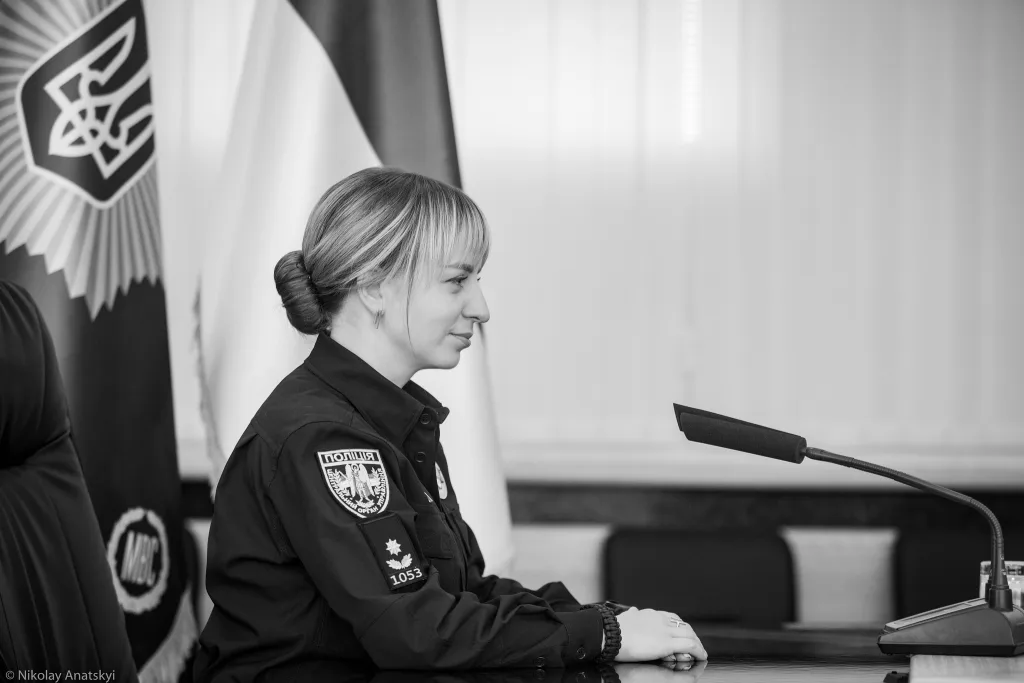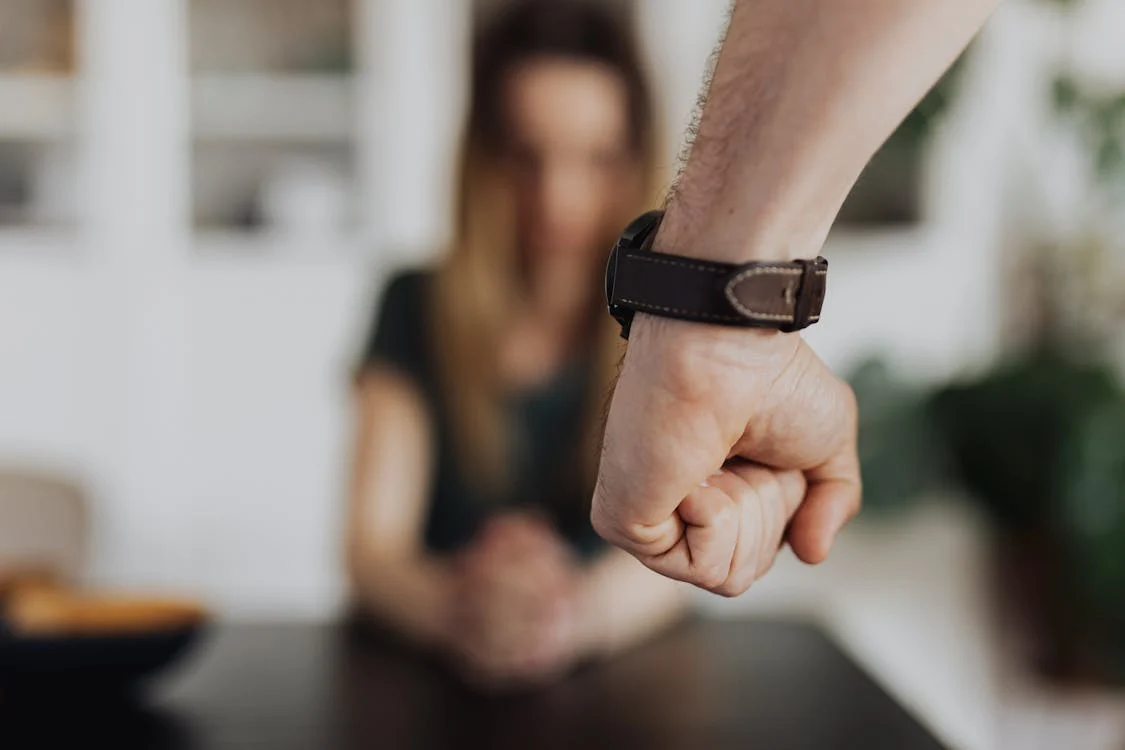Every year from November 25 to December 10, the international campaign “16 Days of Activism Against Gender-Based Violence” takes place. Its main goal is to draw public attention to the problems of overcoming domestic violence, gender-based violence, child abuse, and combating human trafficking. As part of the week against violence, a webinar for the media was held, titled “Breaking the Cycle: How to Cover the Topic of Domestic Violence Without Stereotypes.”
Read also: Rehabilitation in Ukraine after war trauma: the experience of Médecins Sans Frontières
Silence Protects the Abuser
Kateryna Pavlichenko, Deputy Minister of Internal Affairs, shared that 5% of all calls to the police in 2024 were related to domestic violence. 130,000 protocols of administrative offenses were drawn up. During every second police callout to a domestic violence incident, an urgent restraining order was issued.

Kateryna noted that on December 19, 2024, a law on strengthening liability for domestic violence will come into force. Thanks to it, the detention period for the abuser will be increased to 12 hours (previously it was 3 hours). Also, a child who witnessed violence will be recognized as a victim.
“Silence protects the abuser, not the victim. Therefore, domestic violence cannot be silent about. Nor can we be indifferent. Some European countries have interesting practices. For example, in Spain, the abuser is fitted with an electronic bracelet to track them and prevent them from approaching the victim.”
Usually, forms of violence are mixed – that is, physical violence is mixed with psychological and economic or sexual violence. Violence is also recorded against men. Men report it less often. For example, they do not seek help from psychologists because of stigma.
Kateryna adds that the word “victim” should not be used. Victim is a stigmatizing word. Only a person who died as a result of violence can be called a victim. It is better to replace it with the word “survivor.”
Read also: Social protection in times of war: what the 2025 budget envisages
Types of Domestic Violence
Kateryna Borozdina, a representative of the La Strada Ukraine NGO, adds that domestic violence is committed not only between current spouses but also between former partners, fiancés, common-law husbands and wives, parents and children. It also does not depend on whether people live together or not.

It can be physical, psychological, economic, and sexual. Manifestations of physical violence can be not only beatings but also slaps, pinching, pushing, abandonment in danger.
“Psychological violence is verbal abuse, threats, humiliation, intimidation, as well as control in the reproductive sphere. It is important to distinguish psychological violence from conflict. Conflict is different views on one event. If the parties express themselves without humiliation and threats, it is a conflict. Otherwise, it is psychological violence. By the way, this is the only type of violence that can exist on its own.”
Economic violence is also widespread in Ukraine – this is deprivation of housing, clothing, property, funds, documents. Forced labor – more often affects men – or a ban on work – more often affects women.
Sexual violence is any sexual act without the consent of the other person. Even if it doesn’t seem scary.
Are There Excuses for the Abuser?
“It is important to note that a difficult psychological and emotional state does not justify violence. Interestingly, violence often stems from stereotypes – like “he hits because he loves.” This encourages society to tolerate violence, distorts concepts. And the silence about violence is often presented as female wisdom. The trap of stereotypes works in such a way that the victim eventually begins to think that she is to blame for such an attitude. Stereotypes justify the abuser and blame the victim. As a result, domestic violence ceases to be a “personal family matter” and becomes a social problem that needs to be addressed together.”
Read also: Moscow Conventions: How Russia Destroys the Principles of International Law



